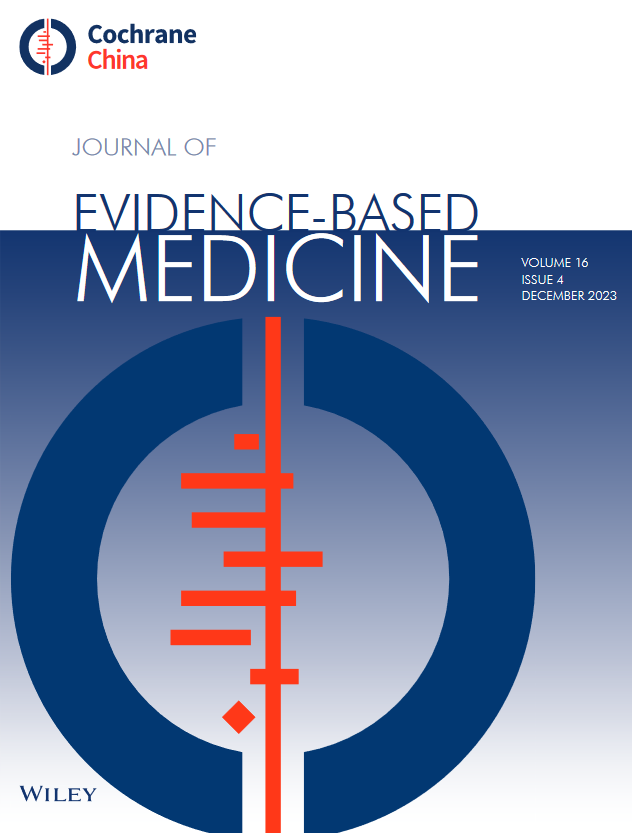Current QI reports within the literature frequently fail to provide enough information regarding interventions, and a significant number of publications do not mention the utilization of a guiding model or framework. The objective of this scoping review was to synthesize the characteristics of hospital-based QI interventions and assess their alignment with recommended quality goals.
This scoping review followed the JBI methodology for scoping reviews to synthesize existing literature on hospital-based QI interventions and reporting using the PRISMA Extension for scoping reviews. Included studies involved a hospital-based QI intervention that was evaluated through the Development of the Quality Improvement Minimum Quality Criteria Set (QI-MQCS) framework, reporting on hospital users' (i.e., practitioners and patients) data. We searched Medline, CINAHL, Embase and PubMed databases for primary research published between 2015 and 2024. Grey literature was also examined. A narrative synthesis guided the integration of findings.
From 1398 identified records, 70 relevant records were included. Results indicate a wide variation in QI frameworks and methods used by the included studies. The QI interventions most frequently assessed were organizational-focused (n = 59), followed by professional-related interventions (n = 41) and patient-care interventions (n = 24). There were multiple facilitators and barriers across organizational, professional, and patient care levels found in the included studies. Examples of facilitators were instrumental in driving successful QI initiatives included education, training, active leadership, and stakeholder engagement. Conversely, barriers such as time constraints, resource limitations, and resistance were highlighted.
Existing QI publications lack sufficient detail to replicate interventions. Using a model or framework to guide the conduct of a QI-activity may support a more robustly designed and well-conducted project. The variation of reporting characteristics suggests that future research should focus on the development of a pragmatic tool for use by front-line clinicians to support consistent and rigorous conduct of QI projects.



